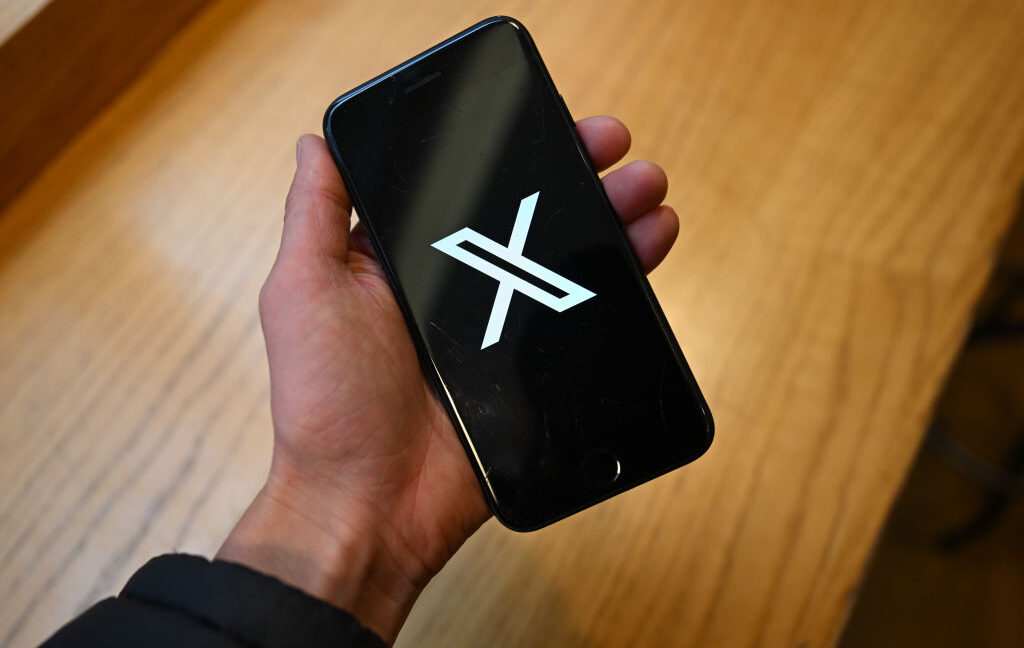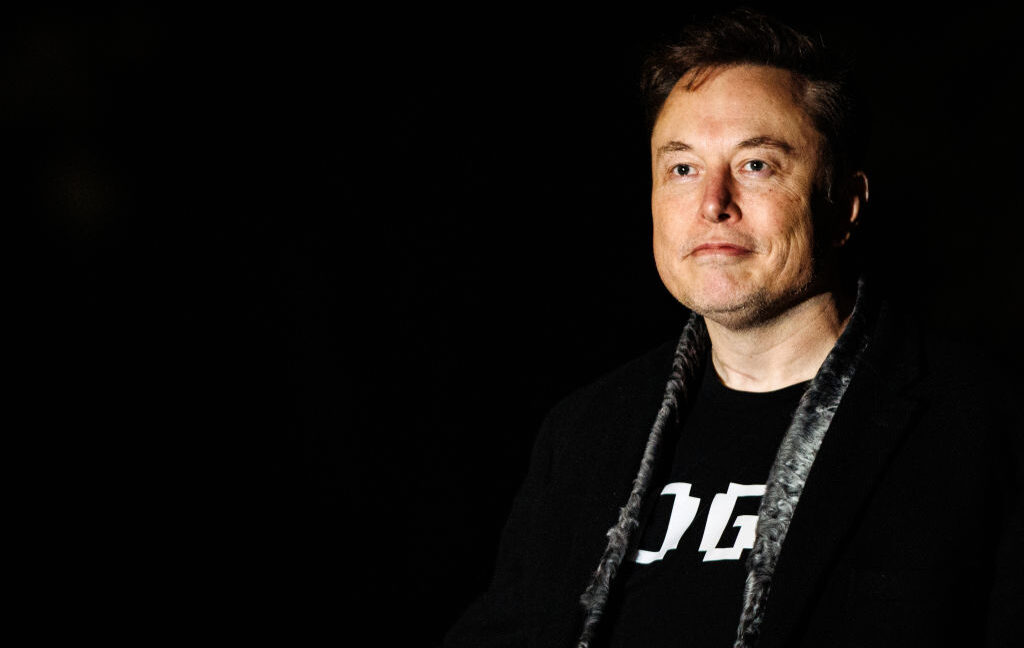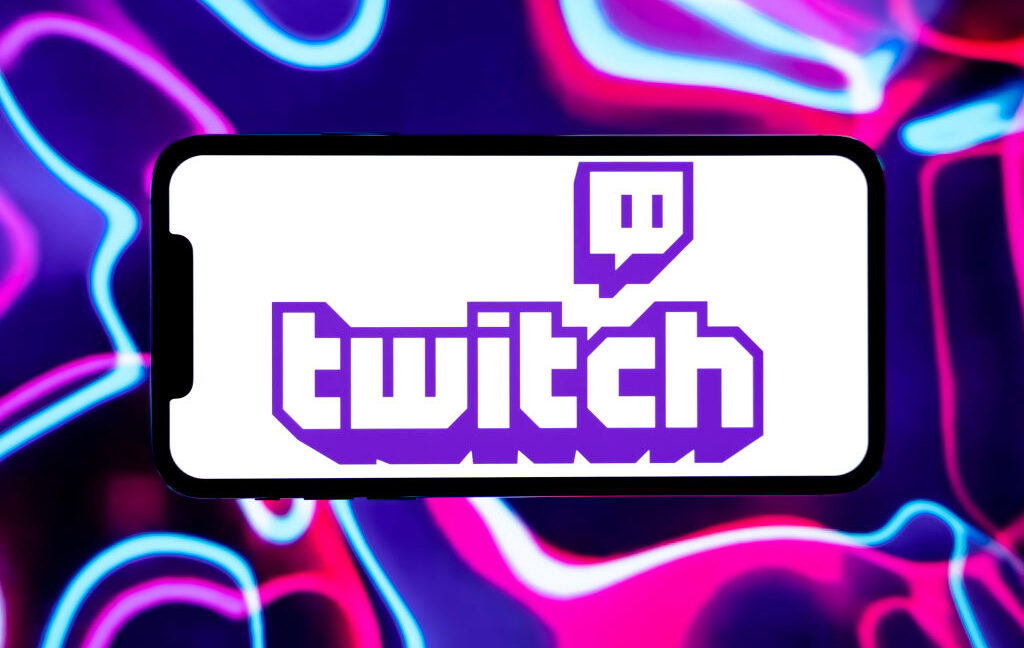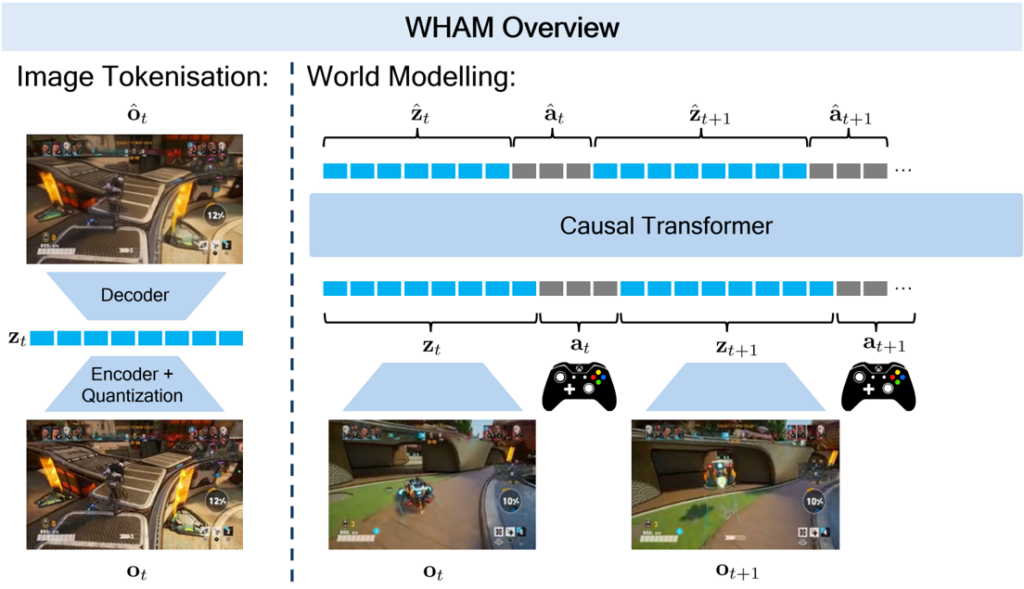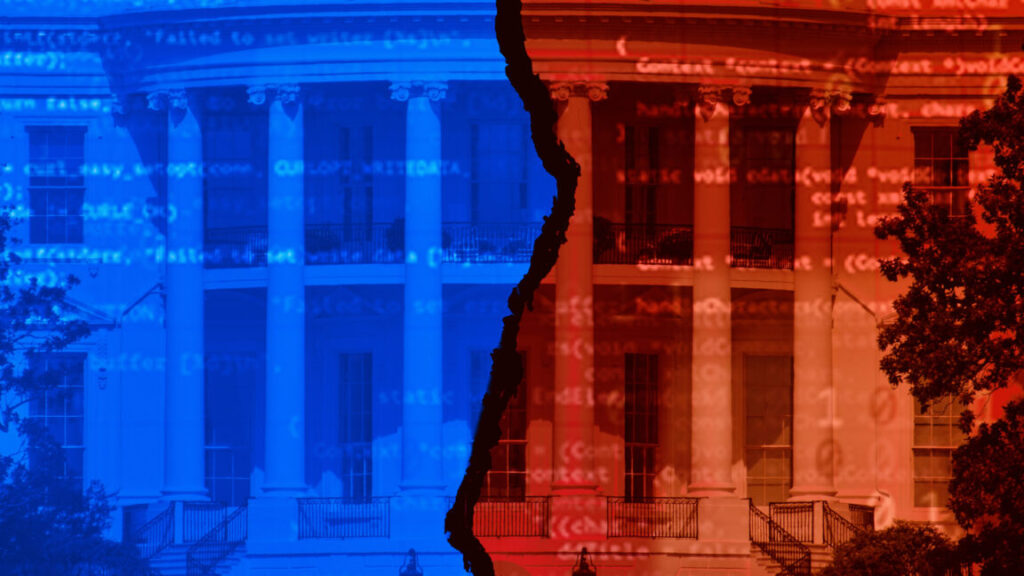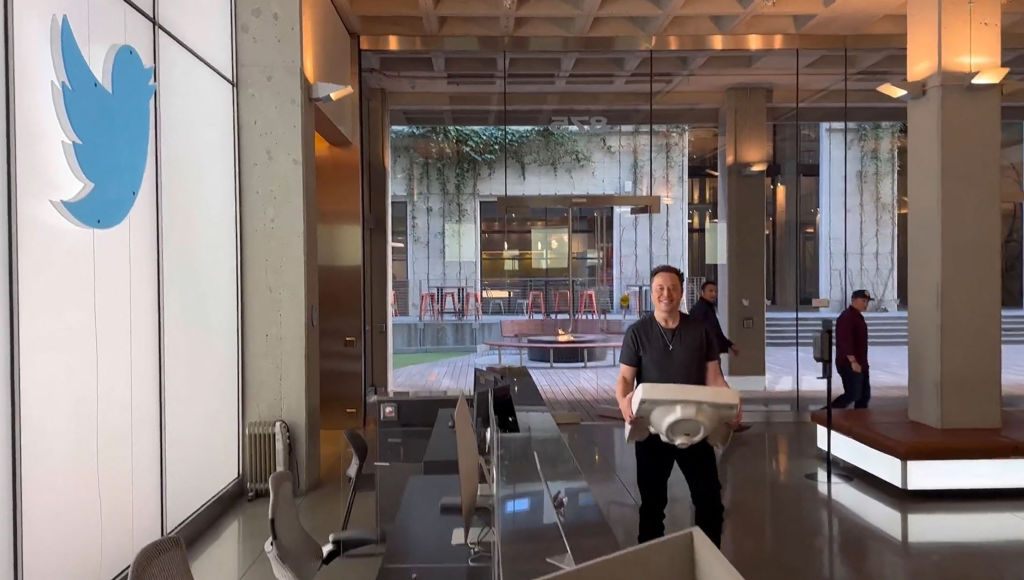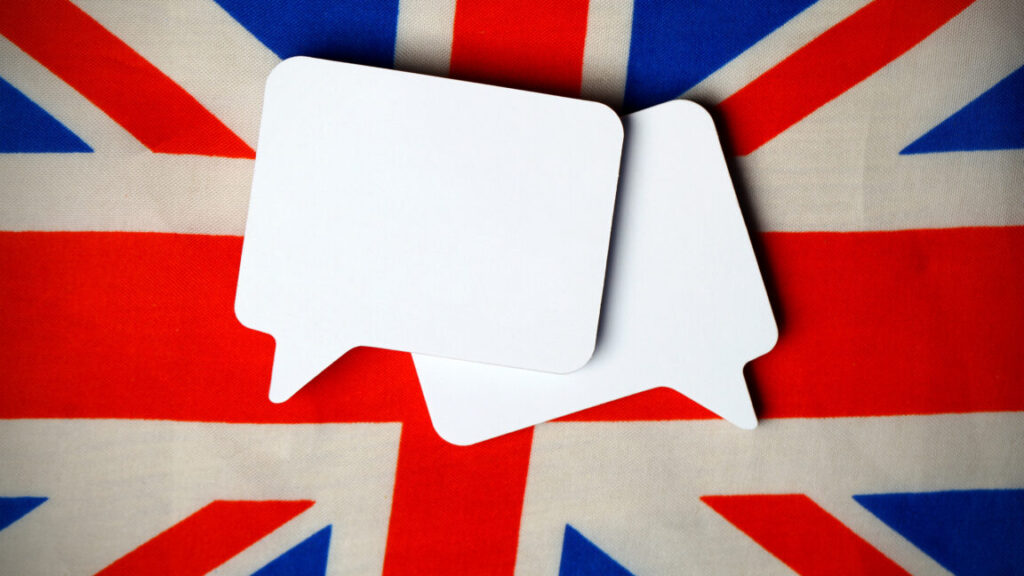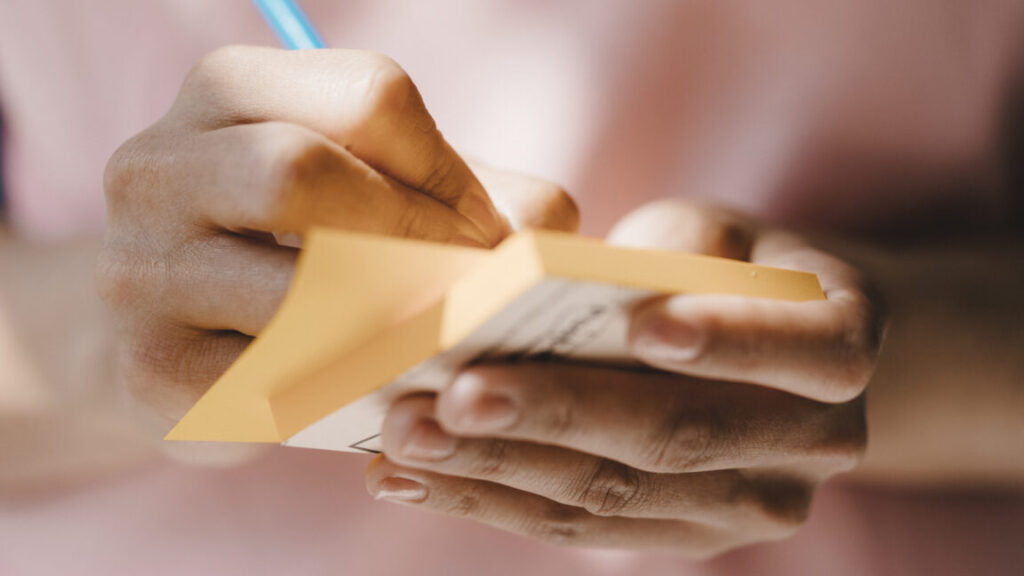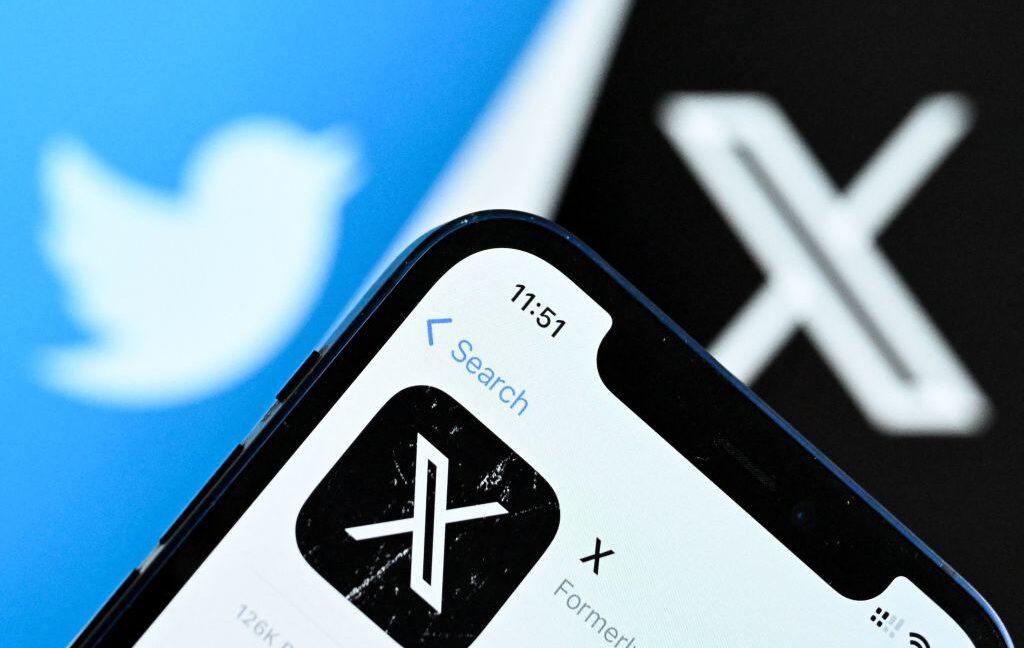Disgruntled users roast X for killing Support account
After X (formerly Twitter) announced it would be killing its “Support” account, disgruntled users quickly roasted the social media platform for providing “essentially non-existent” support.
“We’ll soon be closing this account to streamline how users can contact us for help,” X’s Support account posted, explaining that now, paid “subscribers can get support via @Premium, and everyone can get help through our Help Center.”
On X, the Support account was one of the few paths that users had to publicly seek support for help requests the platform seemed to be ignoring. For suspended users, it was viewed as a lifeline. Replies to the account were commonly flooded with users trying to get X to fix reported issues, and several seemingly paying users cracked jokes in response to the news that the account would soon be removed.
“Lololol your support for Premium is essentially non-existent,” a subscriber with more than 200,000 followers wrote, while another quipped “Okay, so no more support? lol.”
On Reddit, X users recently suggested that contacting the Premium account is the only way to get human assistance after briefly interacting with a bot. But some self-described Premium users complained of waiting six months or longer for responses from X’s help center in the Support thread.
Some users who don’t pay for access to the platform similarly complained. But for paid subscribers or content creators, lack of Premium support is perhaps most frustrating, as one user claimed their account had been under review for years, allegedly depriving them of revenue. And another user claimed they’d had “no luck getting @Premium to look into” an account suspension while supposedly still getting charged. Several accused X of sending users into a never-ending loop, where the help center only serves to link users to the help center.
Disgruntled users roast X for killing Support account Read More »
